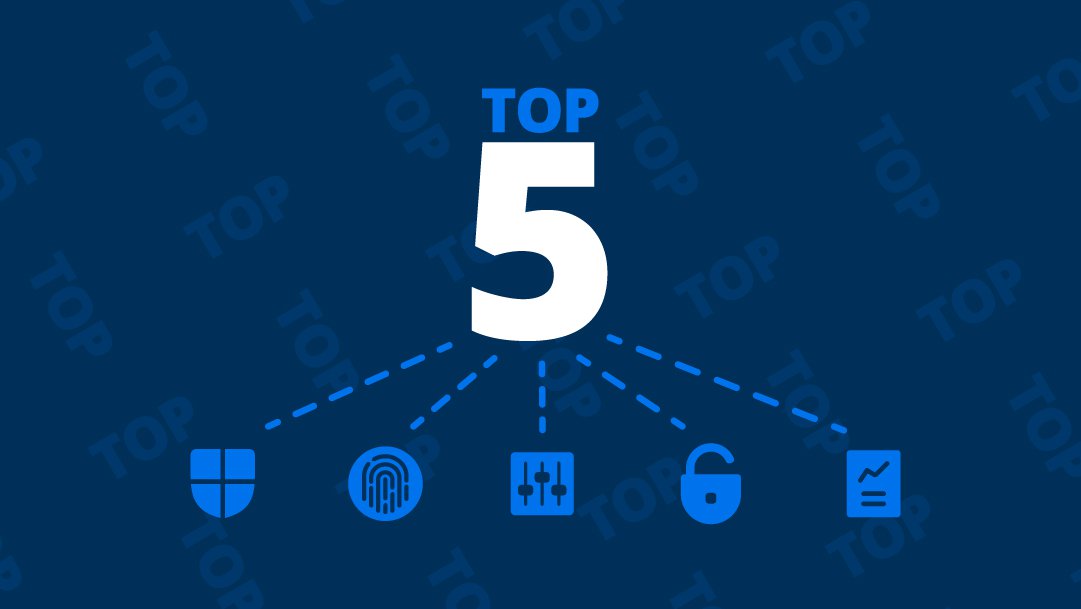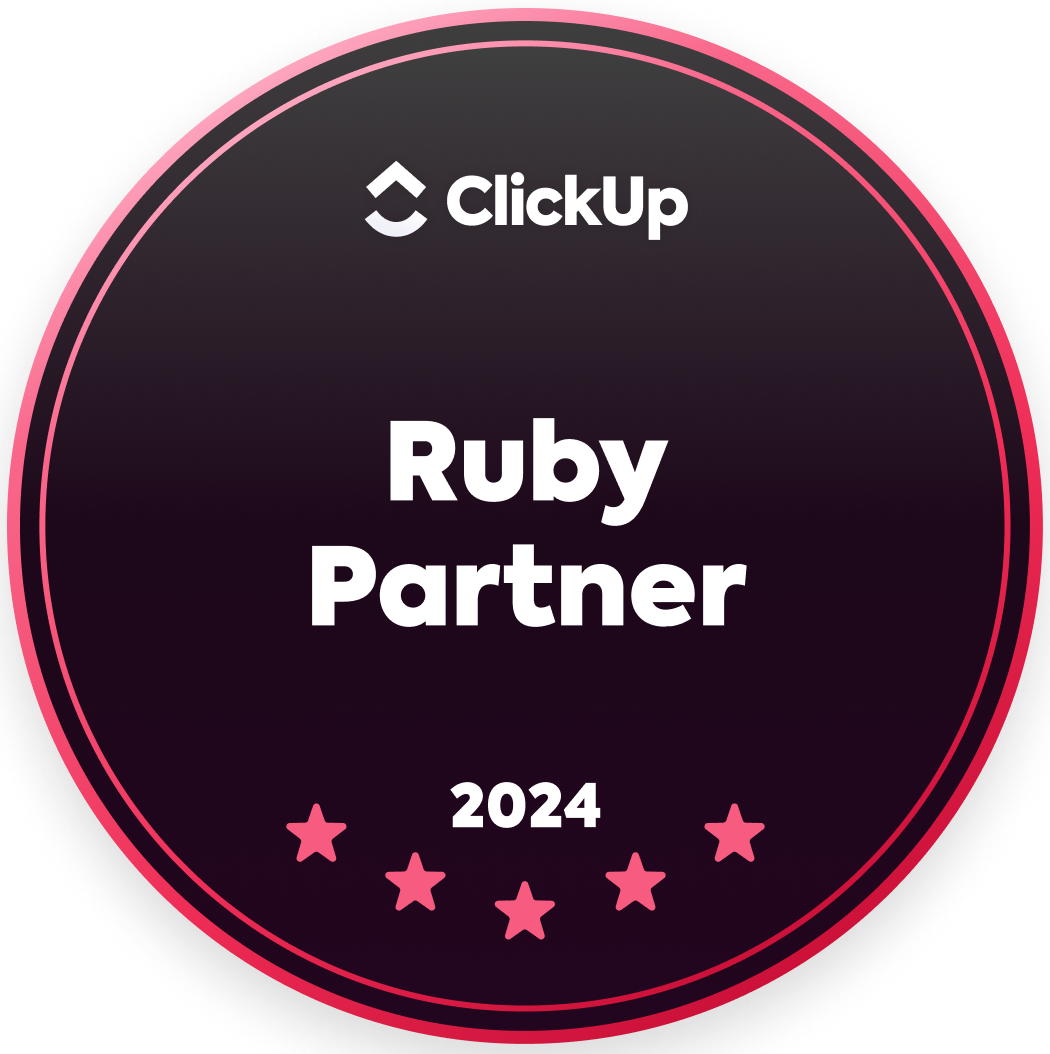|
by Staff Writer Just because something is ubiquitous doesn’t mean it’s the better way. There are countless examples of products and tools that though popular simply don’t deliver on their promise. And within businesses of all sizes, one of the biggest culprits is spreadsheets.
Though a majority of businesses use spreadsheets in various capacities, these tools are often used by default without anyone giving serious consideration to the benefits or costs they offer compared to other solutions. In the drive to improve efficiency and cost effectiveness that’s slowly starting to change: one report focused on finance and accounting professionals, for example, found that Excel usage for budgeting and planning purposes dropped six percentage points from 2017 to 2018, to 63 percent. This suggests that many businesses have yet to evaluate the hidden productivity toll and other costs of managing work in spreadsheets. Here are seven ways that using spreadsheets to manage tasks and projects can cost your business. by Renee Coulombe In order to help you work more efficiently, Smartsheet has four views that enable you to see and work with your data in different ways. These views help provide project clarity and visibility and let you work using your preferred way to visualize information related to your projects and processes.
Grid view, the standard view you see when setting up your sheets, displays your data in a spreadsheet format. This view is a great place to start when setting up project information and task requirements. However, exploring the three other views in Smartsheet can help you see your data in new ways, quickly visualize timelines, and organize tasks into actionable groups. Learn how card view, Gantt view, and calendar view enable you to take your sheets to the next level, expand your view, and help you work more effectively: by Praerit Garg I recently joined Smartsheet as the company’s Chief Technology Officer, and it’s the opportunity of a lifetime in many ways. I was looking for an exceptional opportunity, and I feel like I’ve found that at Smartsheet. Here are three reasons why: 1. Working on The Killer App of the DayI started my career at Microsoft, and worked my way up to General Manager before leaving to build my own company, which was eventually acquired by Quantum. Most recently, I’ve been working at Amazon Web Services for the past four years, leading teams that build and operate some of the most foundational services that power all of AWS.
by Staff Writer It seems like almost nothing changes faster today than technology. Blink and you’ll see new innovations – as well as new threats. Alongside this tremendous change, we’re witnessing unprecedented demands on IT professionals – everywhere from cybersecurity to platform migrations to the cloud to demand for new and updated hardware that fits the latest market trends. While demand for IT professionals is going through the roof, the talent pool is not necessarily growing at the same speed.
by Staff Writer Businesses are banking on innovation as a top way to stay relevant and edge out the competition, a strategy that looks like it will pay off. According to a report from Accenture, 54 percent of large companies expect new business — including both novel products and entry into previously unexplored markets — to generate more than half of total revenues within the next few years.
And for the most innovative companies, a focus on driving innovation is already paying off: for the six percent of companies who have demonstrated the strongest ability to embrace organizational change, a whopping 75 percent of revenues stem from business activities that didn’t exist prior to 2015. But before businesses can innovate, they must first develop their ability to discover and act on new ideas with speed and confidence. “Innovation is the implementation of a new or significantly improved product or process that creates a value,” says Linda Naiman, an organizational creativity consultant who has worked with a roster of enterprise and Fortune 500 companies that includes American Express and Cisco. “But you cannot innovate without creativity.” by Brendan Regan Back in the early 00s, I was a project manager (PM). In a lot of ways, project management was the most challenging role I’ve ever worked in, and I’ve got huge respect for those who do it well.
One of the most challenging responsibilities as a PM back then was when something went wrong with a project or process, and I was asked to do a “post-mortem.” Some people call them “autopsies” or “360 reviews,” but they’re synonymous. The point was to determine why a project came in late, or low-quality, or over budget. Or, when an ongoing process was supposed to provide predictable outputs, but failed to do so. This root cause analysis and reporting back to stakeholders usually involved tedious hours, or even days, spent combing through email threads to see where things got off track, where a critical piece of information was missed, or where a requirement was changed mid-project and the change wasn’t managed properly. by Ignacio Martinez Today’s organizations face a new work paradigm. Workers can collaborate and communicate easier than ever before, thanks to the rise of enterprise collaboration apps. These apps can also provide unprecedented access to and shareability of data.
At the same time, these collaboration advances leave information technology (IT) and other business leaders facing increased scrutiny around data security and privacy. This, in turn, increases the focus on ensuring compliance and reducing the risks around regulatory issues. To manage these competing forces, IT and business leaders find themselves performing a delicate balancing act: maintaining compliance and security standards, while ensuring the business is nimble enough to move forward quickly. by Renee Coulombe Today’s enterprise organizations need visibility into and control of how data is accessed and used to maintain security and compliance, while still providing business users with a way to get work done. Enterprise software must adapt to these competing forces and provide tools that meet their security and compliance standards while still giving employees a way to freely innovate and collaborate on work.
|
|
Care line: +603-9212 0157
|
Leave us your inquiry |
|
This company is registered with the Ministry of Finance, Malaysia.
Equip your organisation with digital solutions & training that inspire innovation and joy at work. Copyright © 2024 57Network Consultancy Sdn. Bhd. Company Registration number : 202001020346 (1376666-K) All rights reserved. |








